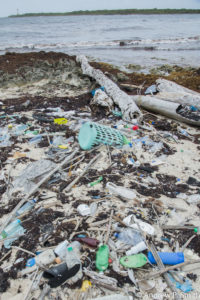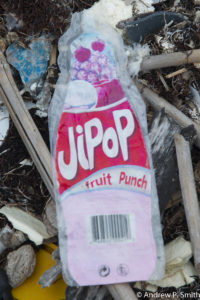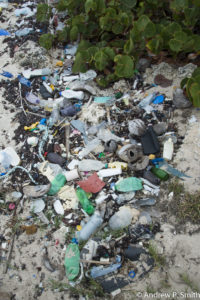Last week I witnessed firsthand what is considered by many as the current bane of Caribbean beaches – sargassum seaweed fighting for space with copious quantities of plastic. We were on our way to Morant Point lighthouse, Jamaica’s easternmost point, when we stopped at Holland Bay Beach. The state of it stopped us in our tracks.
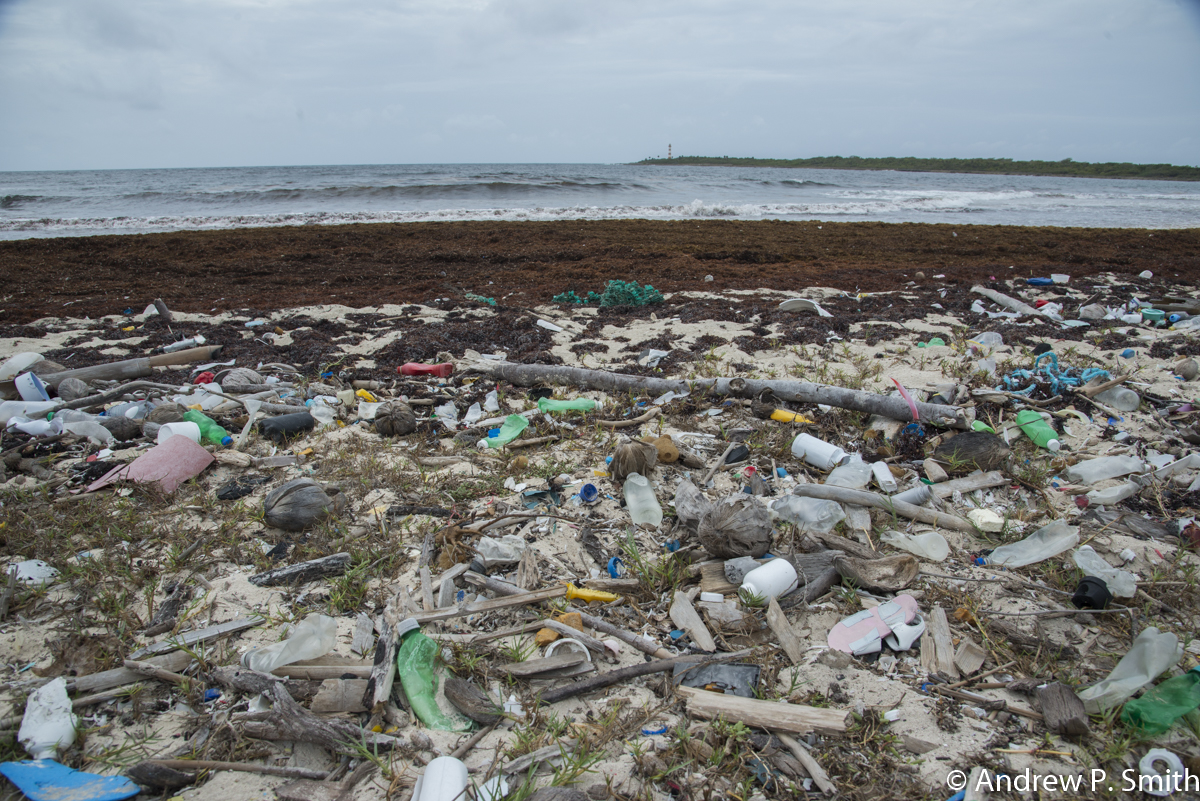
The most obvious and disturbing element was the expanse of plastic waste that blanketed the beach from the road to the sea. The only thing that prevented the plastic from entering the water was the barrier of brown algae, known as Sargassum. Although both are an assault on the senses, the fact that one is natural and the other is man-made reflects the different potential solutions to these issues.
Plastic Pollution
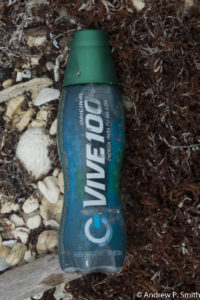
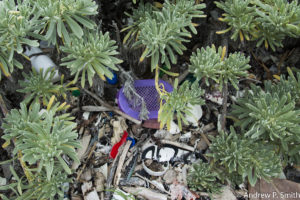
According to the Caribbean Environment Programme (CEP) “pollution from solid waste, and in particular from plastics, has emerged as one of the greatest global challenges”. The CEP adds that “everyday 8,000,000 new solid waste items that become marine litter in our oceans and seas everyday”.
This was evident at Holland Bay, where – at this easternmost point of Jamaica – it was clear that not all of the plastic on the beach originated in Jamaica. This is line with the CEP, who state that in major Caribbean cities “the amount of solid waste collected can be as low as 50% of the total amount generated”. The remainder ends up not just staying in the territory of origin, but it is also carried by the sea to other countries, such as Holland Bay swimming beach in eastern Jamaica.
So what can we do about it? The fact is, we know what to do. Just to remind readers, according to the Caribbean Environment Programme, actions include, ” improve the collection, transport and disposal of solid waste; restrict the importation and use of single-use plastics; promote recycling and re-use; identify more environmentally friendly alternatives to packaging material such as styrofoam, and develop new job opportunities relating to solid waste and plastics management”. However, even if all of actions immediately occurred, the fact is that plastic has a lifespan of 400 years. Yes, life is a beach – especially for plastic.
Big Brown Bucks
Over the past few years, Sargassum has been viewed as an unsightly nuisance, especially if you were looking forward to a pleasurable swim in the crystal clear water of the Caribbean sea. According to Daphne Ewing-Chow, “since 2011, a sargassum seaweed crisis has devastated the Caribbean: tainting beaches, killing marine life and limiting the livelihoods of fisher folk due to an increase in fuel and maintenance costs, impeded efficiency and reduced catch”.
